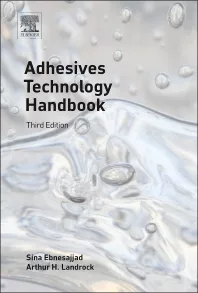Ask Dr. Dave
Solvent-Based Adhesives
I was brought up using solvent-based adhesives, but they don’t seem to be as common these days. Is it just a safety issue? Are any of these adhesives still available?
Solvent-based adhesives were traditionally attractive systems for both industrial users and consumers. They are low-cost systems that dry quickly and frequently give high performance, particularly on plastics where the solvents soften or dissolve the surface layers.
Incidents of “glue sniffing” and recognition of the health dangers and environmental impact of solvents have led to a decline in their usage. Most legislation to date has focused on coatings and printing inks as the major source of volatile organic compounds (VOCs), but adhesives have been impacted dramatically as well. Many industrial users have switched to water-based or 100% reactive adhesives. “Safe” consumer adhesives using water-based alternatives to solvent systems have become prevalent.
Solvents are still desirable or even essential in several applications, however. Notable examples are solvents used to bond tubing in medical applications, polychloroprene-based contact cements, solvent cements for plastic plumbing fixtures, and nitrocellulose solutions used as consumer glues (model airplane builders often prefer these to instant adhesives). One company markets an acrylic polymer-based solution as an alternative to anaerobic methacrylates for threadlocking applications.
Any views or opinions expressed in this column are those of the author and do not represent those of ASI, its staff, Editorial Advisory Board or BNP Media.
Looking for a reprint of this article?
From high-res PDFs to custom plaques, order your copy today!





